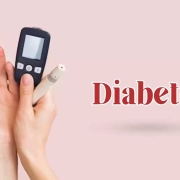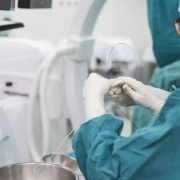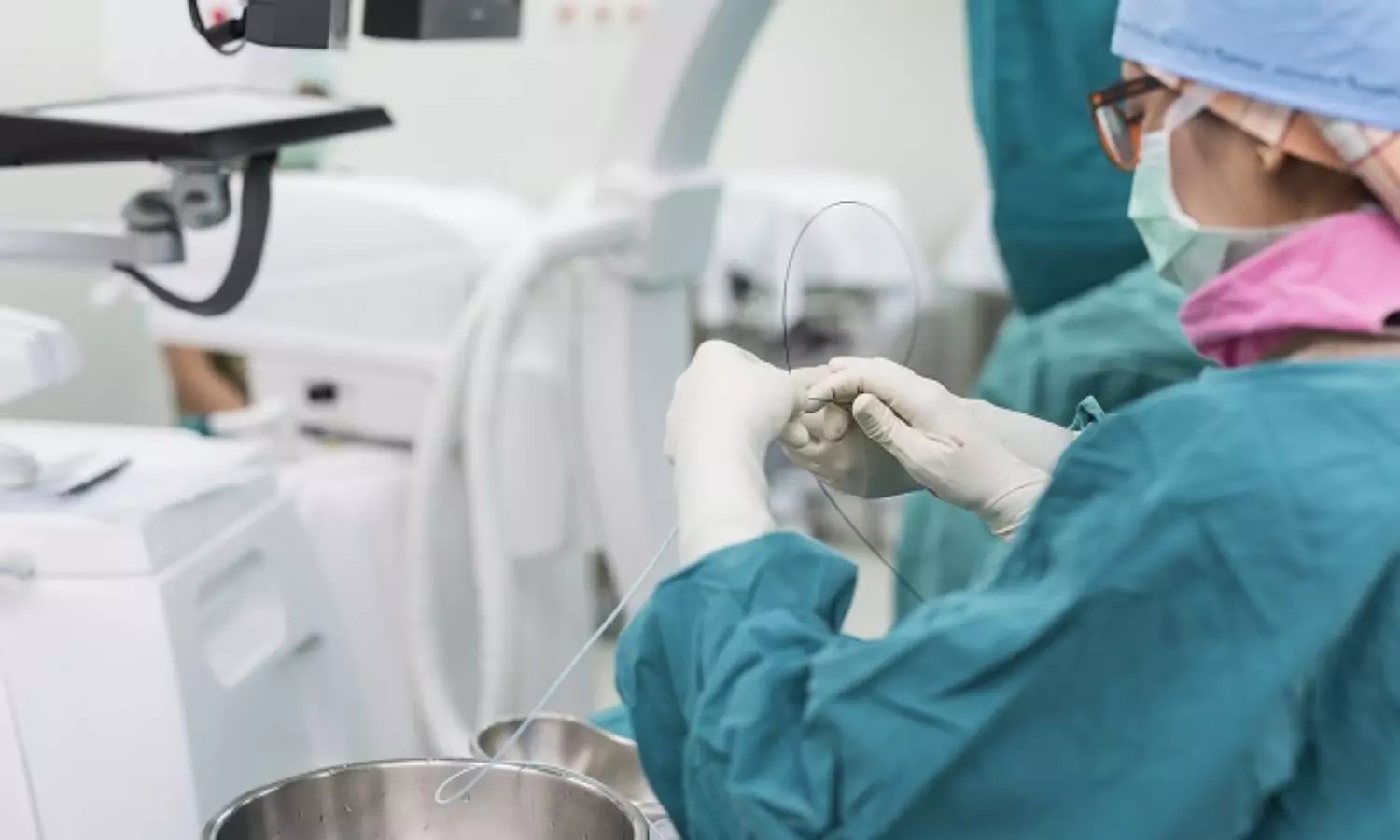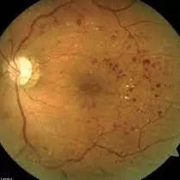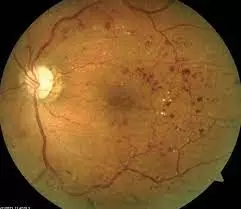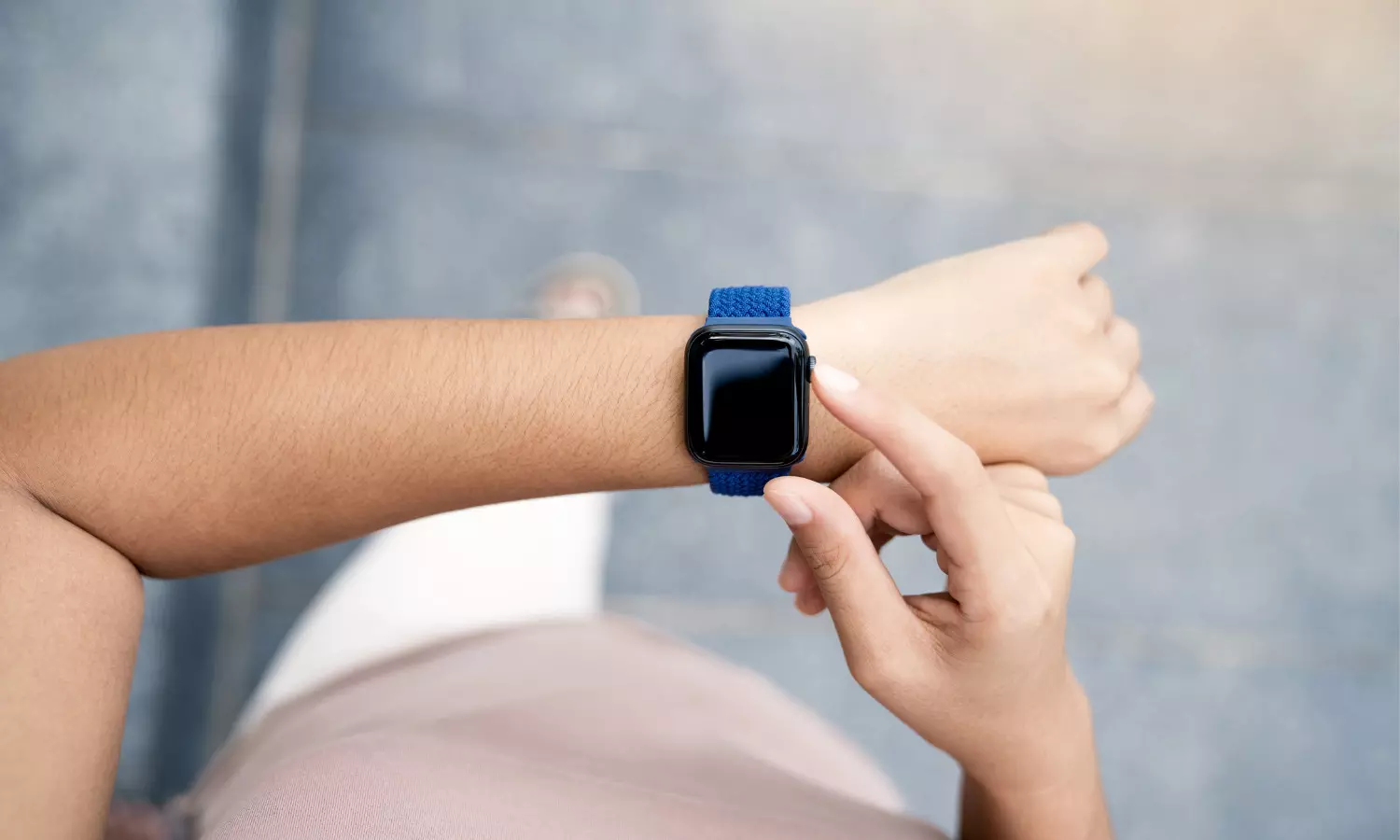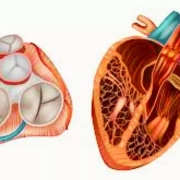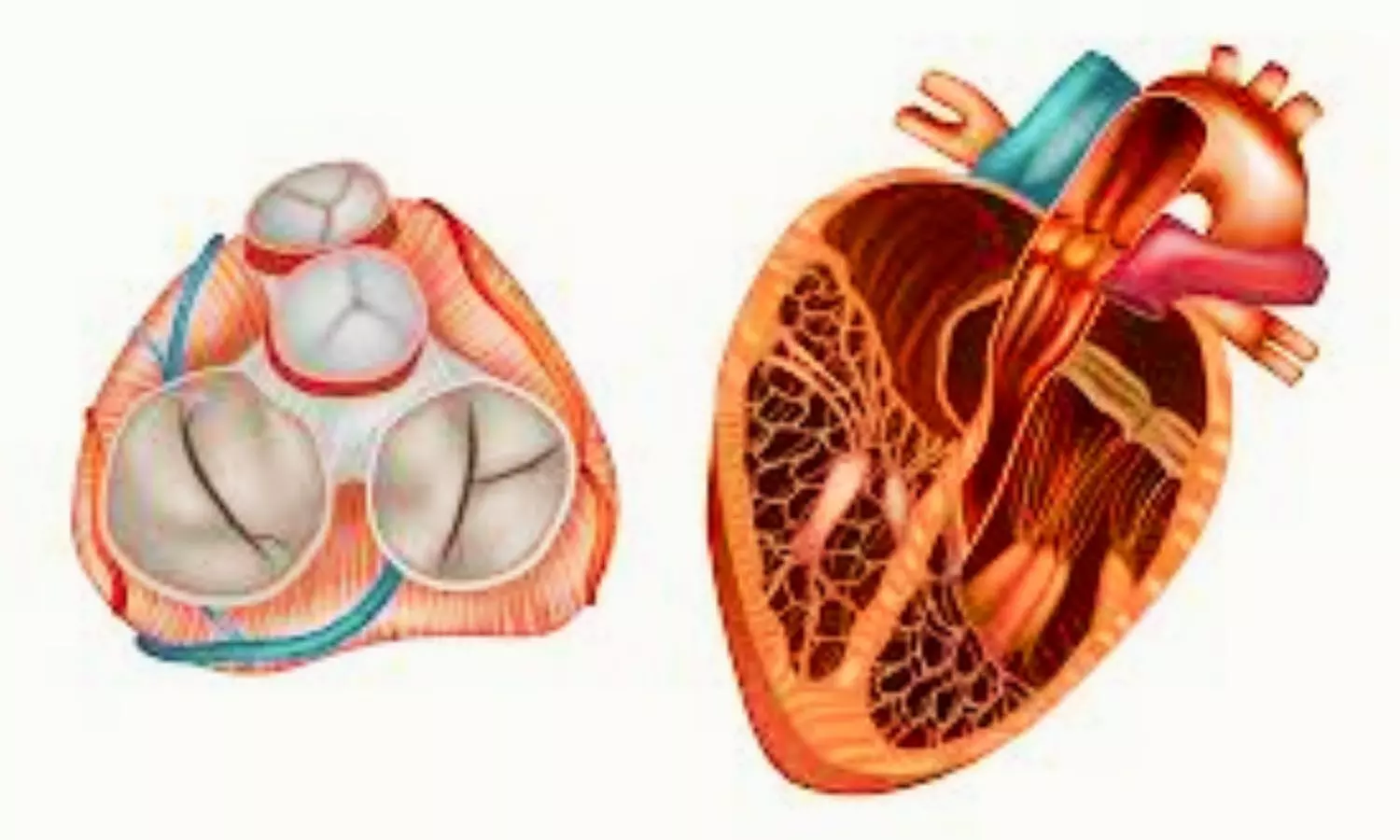Young age at menarche tied to elevated risk of diabetes in mid-life: BMJ
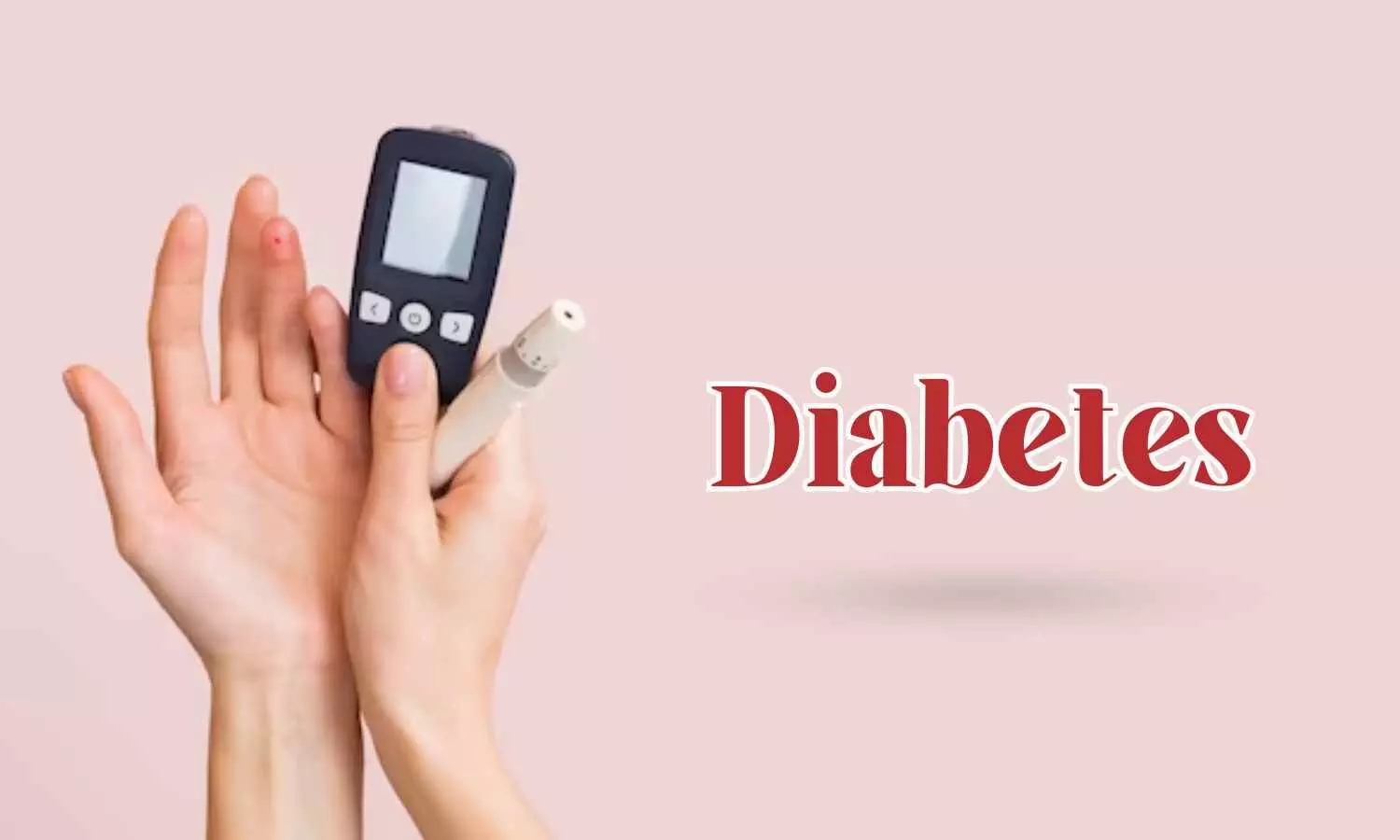
USA: A recent study published in BMJ Nutrition Prevention & Health reveals an association between earlier age at menarche and type 2 diabetes among young and middle-aged women and with stroke complications among these women with diabetes.
“Starting menstrual cycles at a young age before the age of 13 is linked to a heightened risk of developing type 2 diabetes in mid-life,” the US study stated.
It also seems to be associated with an increased risk of having a stroke before the age of 65 in those with the disease, particularly those who started having periods before the age of 10 or younger, the findings indicate.
Diabetes and its complications are on the rise among young and middle-aged US adults, while the age at which women start having periods is falling worldwide, note the researchers.
They therefore wanted to find out if there might be a link between these two phenomena in younger women, and drew on responses to the nationally representative National Health and Nutrition Examination Survey (NHANES) 1999–2018.
Some 17,377 women aged between 20 and 65 were included in the study, all of whom specified the age at which they had had their first menstrual cycle. This was categorised as 10 or younger, 11, 12, 13, 14 and 15 and older.
Of the total, 1773 (10%) reported a diagnosis of type 2 diabetes. And of these, 205 (11.5%) reported some type of cardiovascular disease.
Starting periods before the average age of 13 was associated with a heightened risk of type 2 diabetes, after accounting for a range of potentially influential factors, including age, race/ethnicity, education, motherhood, menopausal status and family history of diabetes, smoking, physical activity, alcohol consumption and weight (BMI).
This ranged from 32% greater (10 or younger) through 14% greater (age 11) to 29% greater (age 12).
Among women with diabetes, earlier age at first menstrual cycle was associated with a heightened risk of stroke, although not cardiovascular disease in general, after accounting for the same set of potentially influential factors.
Very early age at first menstrual cycle-10 or younger-was associated with a more than doubling in stroke risk among women below the age of 65 with diabetes, after similar adjustments for influential factors.
This risk fell in tandem with increasing age: 81% among those with their first menstrual bleed at the age of 11, to 32% at the age of 12, and to 15% at the age of 14.
This is an observational study, and as such, can’t establish causal factors. But, suggest the researchers: “Earlier age at [first menstrual cycle] may be one of early life indicators of the cardiometabolic disease trajectory in women.”
They explain: “One potential pathway explanation may be that [such] women are exposed to oestrogen for longer periods of time, and early [menstruation] has been associated with higher oestrogen levels.”
They point out that while the observed associations between age at first menstrual cycle and stroke complications weakened slightly after accounting for weight, these still remained statistically significant.
“Therefore, adiposity may also play a role in the observed association between early age at [first menstrual cycle] and stroke complications, as higher childhood adiposity is associated with earlier age at [menstruation] and with cardiometabolic diseases later in life,” they suggest.
“These findings add another dimension to the potentially less well understood determinants of cardiometabolic risk, particularly in women who have been relatively underrepresented in this area of research,” comments Professor Sumantra Ray, Executive Director of the NNEdPro Global Centre for Nutrition & Health, which co-owns BMJ Nutrition Prevention & Health.
“And they provide a clear steer on the need to design interventional studies looking at the prevention of cardiometabolic disease in ethnically diverse groups of women who start menstruating at a young age,” he adds.
Reference:
Santos MP, Li Y, Bazzano LA, et alAge at menarche, type 2 diabetes and cardiovascular disease complications in US women aged under 65 years: NHANES 1999–2018BMJ Nutrition, Prevention & Health 2023;e000632. doi: 10.1136/bmjnph-2023-000632.
Powered by WPeMatico

